TEMPLE GRANDIN – ONE OF TIME MAGAZINE’S MOST INFLUENTIAL PEOPLE IN THE WORLD – SHARES HER INSIGHTS INTO SENSORY, SOCIAL AND BEHAVIOUR
Learn about Sensory Processing Skills and Anxiety Today!
In this podcast, I take inspiration from my exclusive interview from Temple Grandin – one of Times Magazine’s most influential people in the world – and share her insights on sensory processing, social skills and behaviour. I discuss the amygdala and it’s impacts on behaviour and sensory processing. Many people with autism – including Temple Grandin – have an enlarged amygdala, causing an increased emotional response to stimuli. Sensory tools can be a huge help – jump here for more information.
Dive into Sensory Processing Skills and Anxiety Today!
The Amygdala and ASD
Have you heard of the ‘Amygdala’? Did you know it is thought that an enlarged amygdala could be causing anxiety, sensory processing differences, and more. The amygdala is part of the limbic system within the brain, which is responsible for emotions, survival instincts, and memory. In his workshops Dr Tony Attwood discusses the studies that have found that the amygdala is enlarged in children with autism spectrum disorder (ASD). He believes this is why we see children not being able to regulate behaviour, unusual reactions to pain and more. He also discusses how the amygdala is responsible for detection of threats and mobilising an appropriate behavioural response, part of which is fear. Therefore, it is probable it contributes to their abnormal fears and increased anxiety.
“My amygdala is three times larger than normal”
– Temple Grandin
I think this helps us understand why people with ASD do what they do (anxiety, sensory sensitivities, behavioural meltdowns, etc.) and also why we need to use specific strategies like: Routines, Visuals, Cognitive Behaviour Therapy and Occupational Therapy. In my experience these strategies all help support students to engage and participate in situations they find stressful and overwhelming. I guess you could call it ‘re-training the brain’. By undertaking these strategies we are helping the child process and cope in otherwise stressful situations.
NEW Temple Grandin Online Course – coming soon. Register your interest to get $50 OFF full price and notified when it comes out!

Amygdala – limbic structure involved in many brain functions, including emotion, learning and memory. It is part of a system that processes ‘reflexive’ emotions like fear and anxiety.
What is known about the amygdala is that it has a dual sensory input system. The amygdala is specialised for reacting to stimuli and triggering a physiological response, a process that would be described as the ‘emotion’ of fear. Once an emotion has been turned on, it is difficult for the cortex to turn it off.
Imagine you are in a heightened state of fear
Would you want routines, and advanced warnings about change? Would you overreact to noises, light, touch? Would you want to control your environment and need time on your own to calm from the increased anxiety?
“My nervous system was hyped up like it was in a jungle full of dangerous animals, for no reason”
– Temple Grandin
Many children with ASD can become sensory overloaded or have another diagnosis of SPD (Sensory Processing Disorder). A lack of Sensory Processing Skills can then cause Anxiety
Sensory overload can look like:
- Refusing activities
- Racing heartbeat
- Hysterical crying
- Covering ears
- Hiding or running away
- Extreme sensitivity to sound, light, etc.
- Stomach distress – nausea, vomiting, cramps
- Sweating
- Agitation or anger
- Repeating actions or words
- Change in complexion – skin flushes/goes pale
- Loss of balance
“I have been doing lots of decorations [in this interview] on various papers, with doodling. I just need to have something to do with my hands”
– Temple Grandin
Occupational Therapists often introduce a sensory diet which aims to enhance the child’s efferent and appropriate response to sensory stimulation. In my experience, home and school/preschool also need to encourage and support the child to engage in a range of sensory activities. When children play outside, climb on equipment, do puzzles, paintings, etc. they are developing essential sensory, perceptual and visual skills. Many children with ASD and SPD need to be encouraged to try a range of these activities as we know they are a vital part of a child’s physical, emotional and academic success.
Practical Sensory Programmes
| by Sue Larkey | This book is designed for families and schools to incorporate sensory activities into the home and school in order to address the significant difficulties students with an ASD often encounter. It shows how to identify sensory problems and develop programmes. Over 100 activities including all five senses and movement.
$71.95
5 in stock
The Benefits of Sensory Tools
The nature of ASD and ADHD is such that children will:
- Seek out sensory activities such as chewing, twirling, fidgeting.
- Find specific sensory experiences calming (rocking, flicking, visual patterns, flapping).
- Seek out and find sensory activity equivalents if you don’t provide them.
“I have been moving my hands the whole time I have been here. I’ve been playing with a binder clip like this, but I was doing it off camera.”
– Temple Grandin
Key Benefits for Using Sensory Tools
- Holding an object in their hands can often enhance learning e.g. at mat time, if given a fidget toy, the student
- Can sit for longer
- Is less disruptive to peers
- Is calmer to start activities
- Has reduced anxiety levels
- Children find sensory activities extremely rewarding (unlike stars or verbal rewards).
- Sensory tools may replace inappropriate behaviours e.g.
- Replace biting a hand with chewy tube
- Replace difficulty waiting with using a water ball or stretch toy
Utilise Sensory Processing Skills to calm Anxiety Today!
How to use a Sensory Tool
- Use tool as a waiting object (i.e. hold the ball until it is your turn for the game).
- Use the tool as a transition visual (e.g. Twist Puzzle with visual attached to line up, sit on mat etc.).
- Set rules around their use, e.g. return tools to box at end of mat time, or on desk when working.
- Use visual schedules/photos to remind student of rules around use of sensory tools.
- Use a range of sensory tools and change regularly.
What about Everyone Else?
- Use classroom peer training to help other students in the class understand that people with ASD don’t choose to use these tools. They really need them to concentrate. They are just like reading glasses: increase concentration, focus, and independence.
- Have a sensory box that all students can use.
-

Wooden Massager
$6.00 -
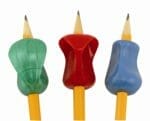
Pencil Grips – 3 Types
$4.00 -
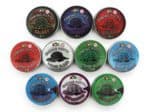
Putty
$4.00 -
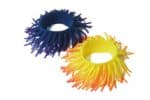
Punki Wrist Band
$3.00 -

Smiley Face Stress Ball
$3.00 -
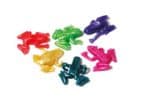
Frog Stretch Toys (6 for $3)
$3.00 -

Mesh Stress Ball
$5.00 -
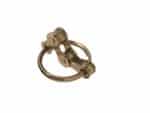
Improbable Construct Fidget
$6.50 -

Water Ball
$4.00 -
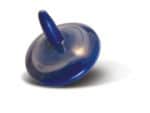
Spinning Tops (3 for $3)
$3.00 -
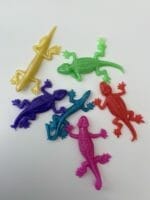
Lizard Stretch Toys (6 for $3)
$3.00 -

Super Chewy Tubes
$13.00
NEW EXECUTIVE FUNCTIONING TRAINING COURSE
Educators Guide to Executive Functioning - Why it Impacts Learning and Behaviour & What to Do
This course offers a comprehensive exploration of Executive Functioning. Dive into seven comprehensive lessons, starting with an introduction to Executive Functioning and the impact on learning and behaviour in Neurodiverse students (ASD, ADHD, ODD & PDA) Led by Dean Beadle, International Speaker & Autism Expert, for an enlightening course on Executive Functioning where he gives strategies from his lived experience and evidence-based research.
AVAILABLE Now
 2 Hours
2 Hours
 Certificate
Certificate
$149
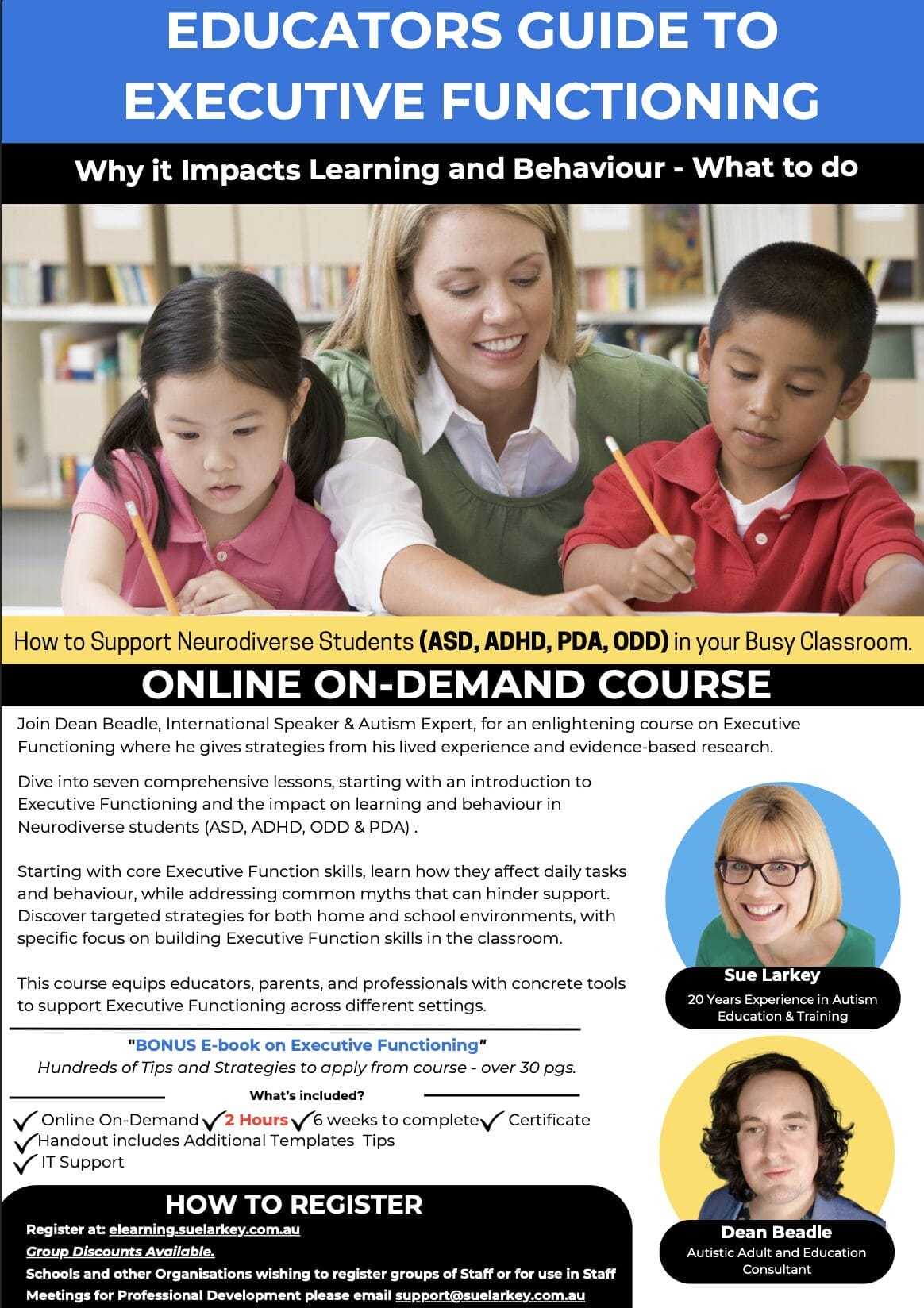



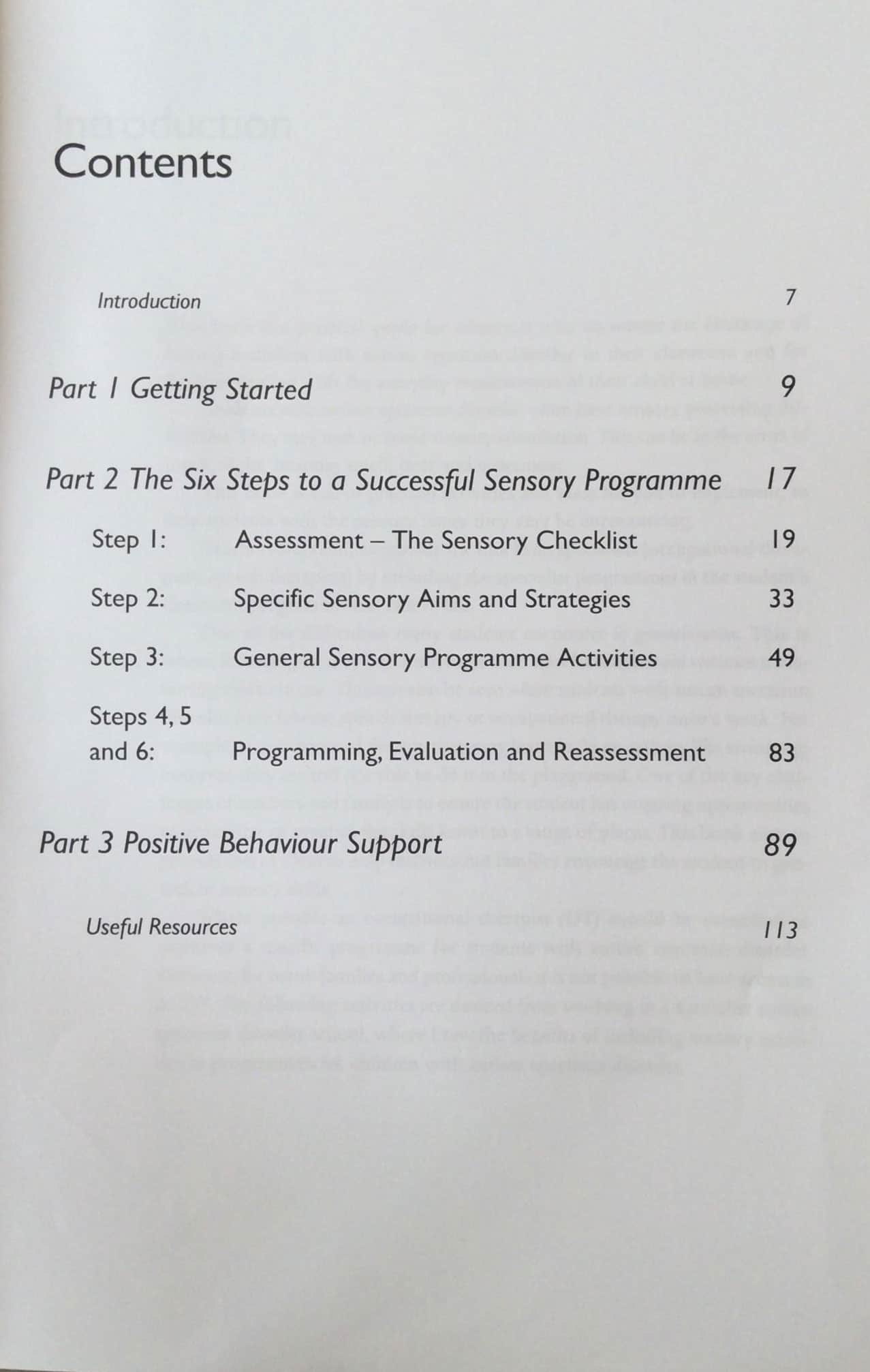
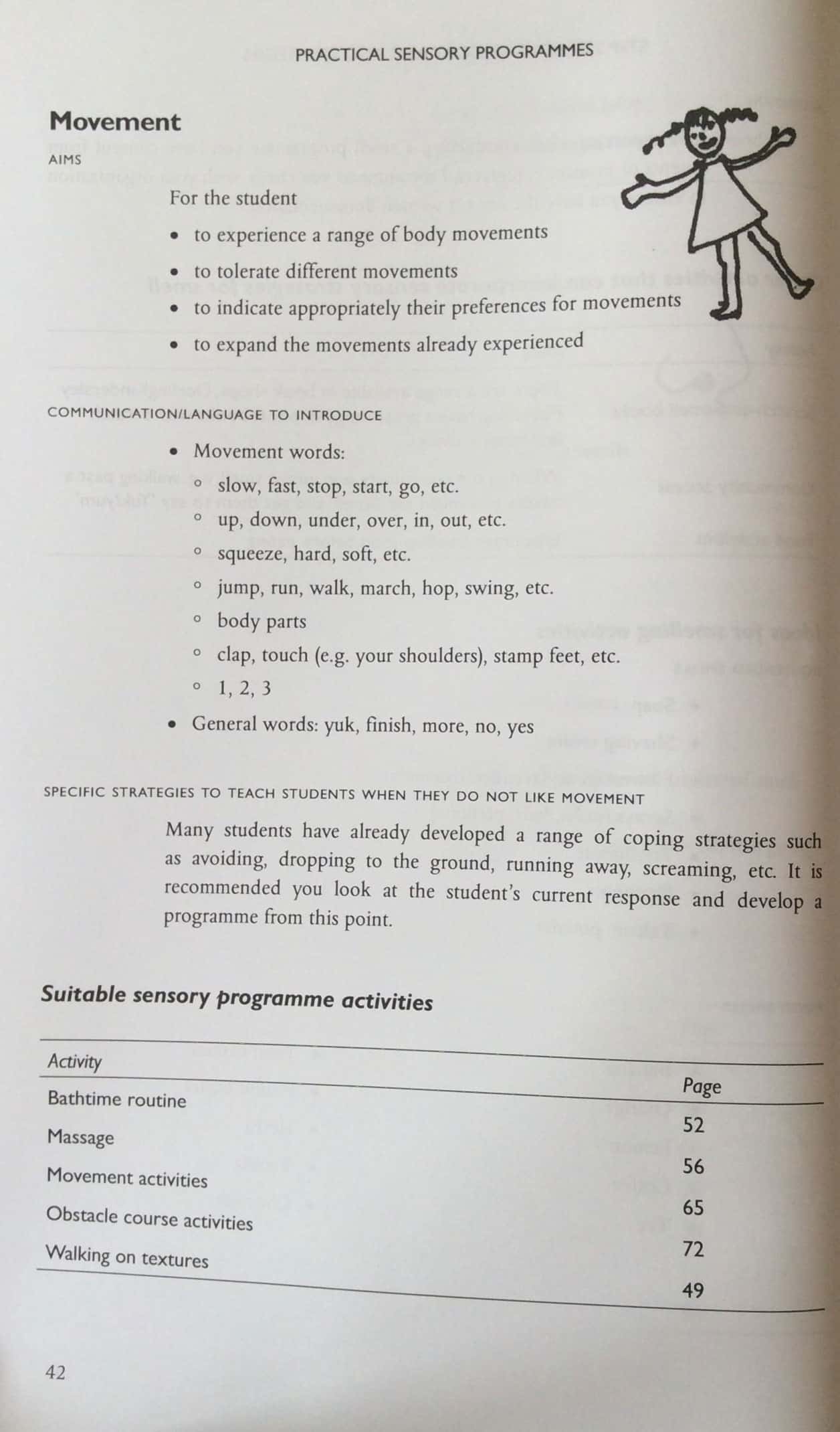
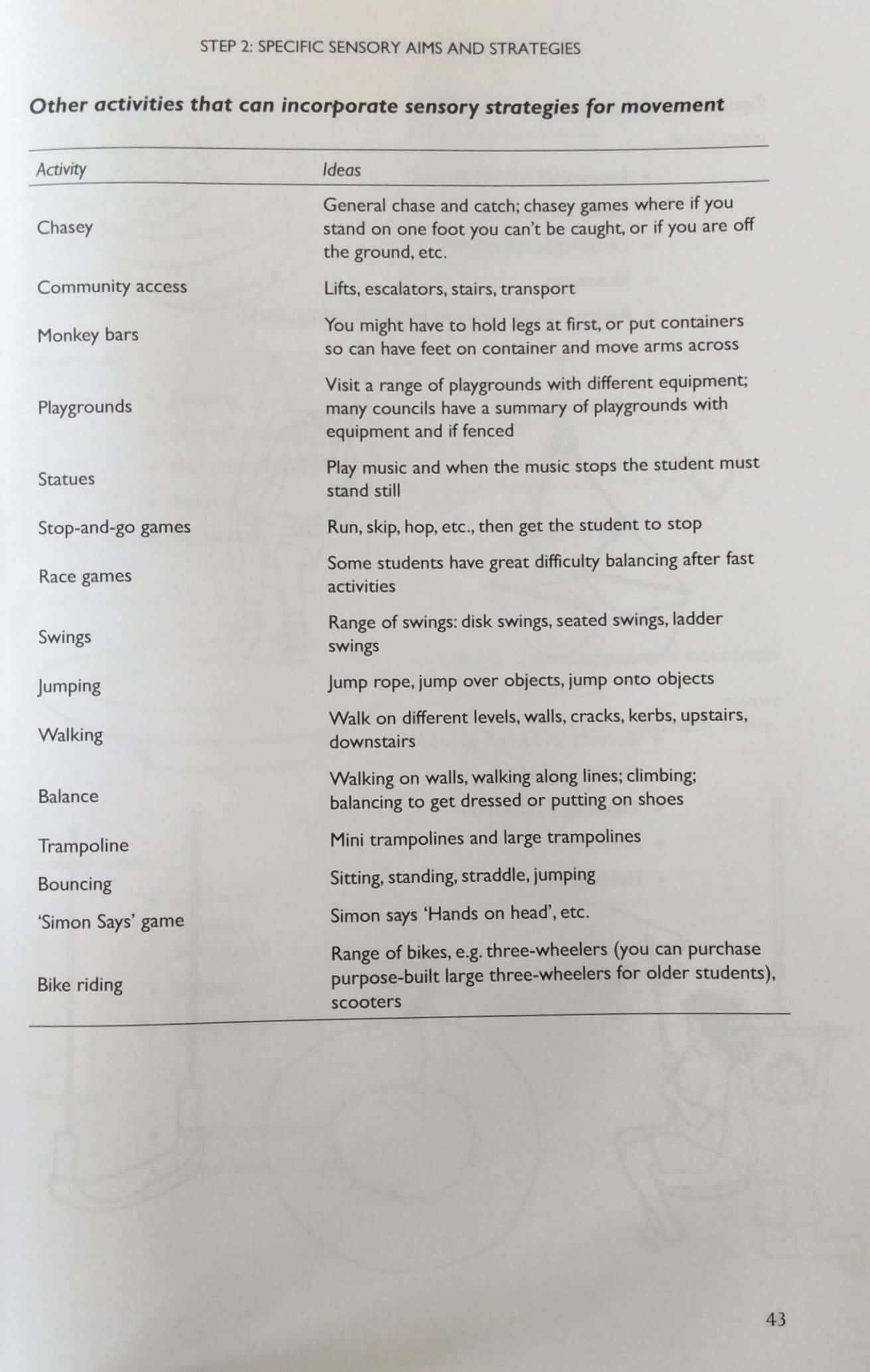
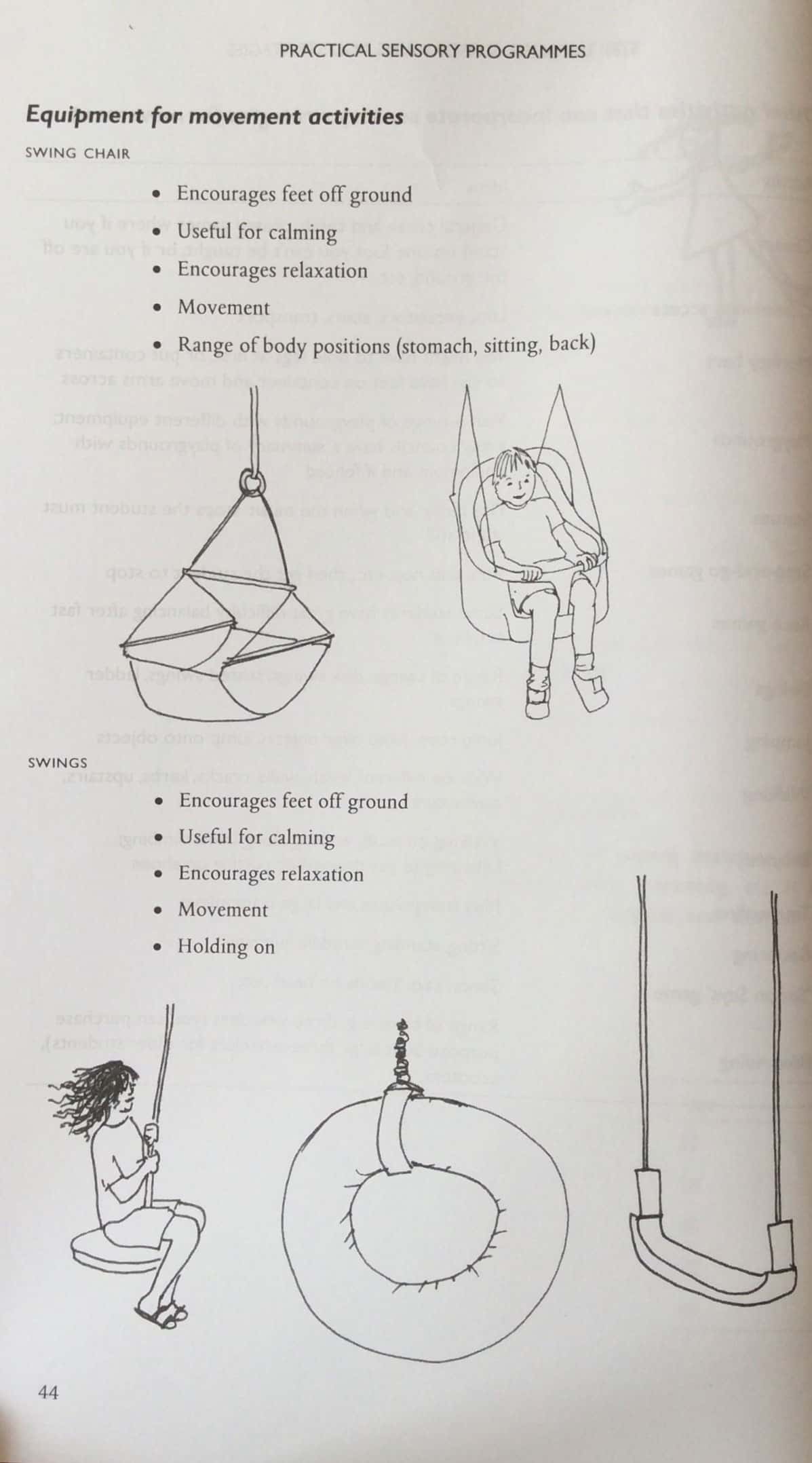
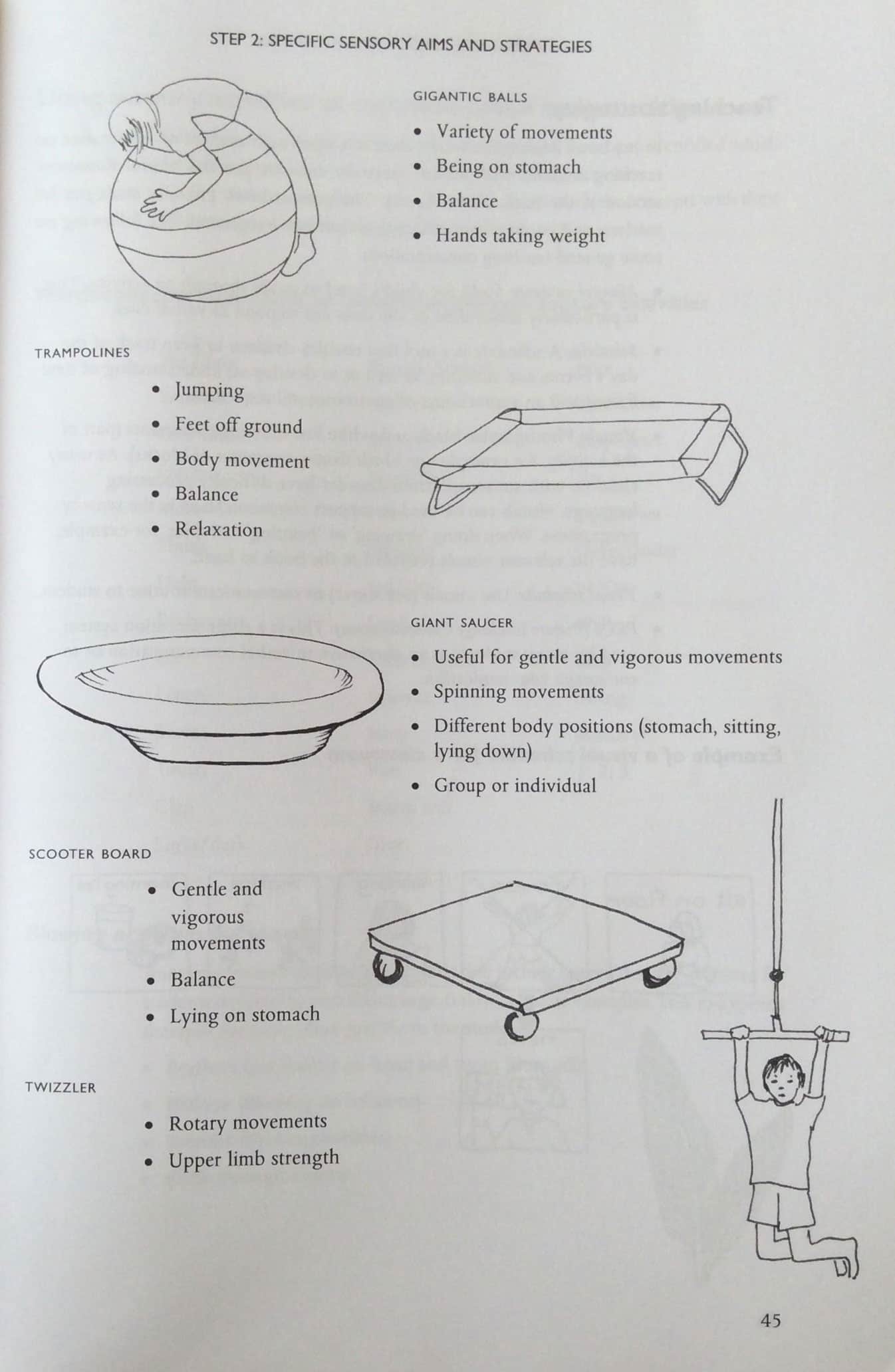


 Sorry we no longer ship items outside Australia. Please consider the digital versions of Sue’s Books –
Sorry we no longer ship items outside Australia. Please consider the digital versions of Sue’s Books – 